What is Hair Porosity And how to Easily Diagnose Your Moisture Level at Home
🌿 Why do some people get perfect results from basic products—while others still struggle using top-quality products?
The answer isn’t luck. It’s hair porosity.
It refers to how well your hair absorbs and retains moisture in the outermost layer of your hair, known as the cuticle. It’s not just about dryness or frizz; it’s about how hair porosity affects your hair, how your hair reacts to products, how to maintain humidity and styling, and even the recovery from damage.
This is for everyone; it doesn’t matter that you are male or female, young or seasoned, and your hair is curly, straight, coily, or wavy. This single factor decides how well your products work on your hair.
If your hair care routine is not according to your hair porosity, then it’s not just about you’re not just wasting time; but it’s about you not fulfilling your hair’s needs.
This guide breaks down secrets from pro-level tests to quick at-home hacks, and targeted care routines according to your hair porosity.

🔍 Why Hair Porosity Matters
Does your hair always feel dry no matter how much you hydrate it? Because your favorite products just sit on your strands without absorbing into your hair. Because you are not using products according to your hair porosity. It’s not about how expensive the products, but it’s about how your hair can absorb and retain them. Frizz after oiling, dullness after deep conditioning, or inconsistent results even with salon formulas often trace back to this overlooked factor.
Understanding your porosity helps you to choose the right ingredients, avoid buildup, and even decide how often to wash or restyle your hair. It’s the difference between spending blindly and building a routine that works. Plus, porosity can change over time due to heat, coloring, or age—so checking it regularly is key to keeping hair healthy at any stage. Whether you’re curly, coily, straight, or somewhere in between, porosity guides how your strands respond to moisture, oils, and treatments.
🧪 Proven Hair Porosity Tests (DIY + Salon-Approved)
You will test you hair porosity easily than you think. To test this you don’t need fancy tools to get started rather than you just need the right hacks . Here are three reliable hacks to try at home or ask your stylist about:
1. Strand Water Test:
Take a freshly washed, product-free strand of hair and drop it into a glass of room-temperature water. Let it sit for 3–5 minutes.
- If it floats, your hair likely has low porosity—meaning it resists water.
- If it stays midway, you have normal/medium porosity.
- If it sinks quickly, you’re dealing with high porosity, which absorbs moisture fast but may lose it just as quickly.
2. Texture Slip Test:
Gently slide your fingers up a single strand of dry hair, moving from the tip toward the scalp.
- If it feels smooth, your cuticles are flat—low porosity.
- If it feels rough or bumpy, your cuticles are lifted—high porosity.
3. The Spray Absorption Test:
Mist a section of clean, dry hair with water.
- If the water sits on the surface or beads up, your hair likely has low porosity.
- If the water is quickly absorbed, you likely have high porosity hair that soaks in moisture fast.
Pro Tip: Porosity isn’t always the same across your whole head—so test strands from different areas (like crown vs. ends) to get a complete picture.
💡 Now That You Know Your Porosity, Here’s What to Do
Understanding your hair porosity means you’re no longer guessing what your hair needs. Now, we will discuss how to care for each porosity type with proven methods and product picks.
Low Porosity Hair
If your hair takes forever to dry, feels product-heavy quickly, or resists moisture—you’re dealing with low porosity. The cuticles lie flat, making it tough for moisture to penetrate.
Go for lightweight products, use a little heat during deep conditioning, and look for humectants like glycerin to draw in moisture.
Avoid: you must avoid thick creams, heavy oils, and layering too many products.
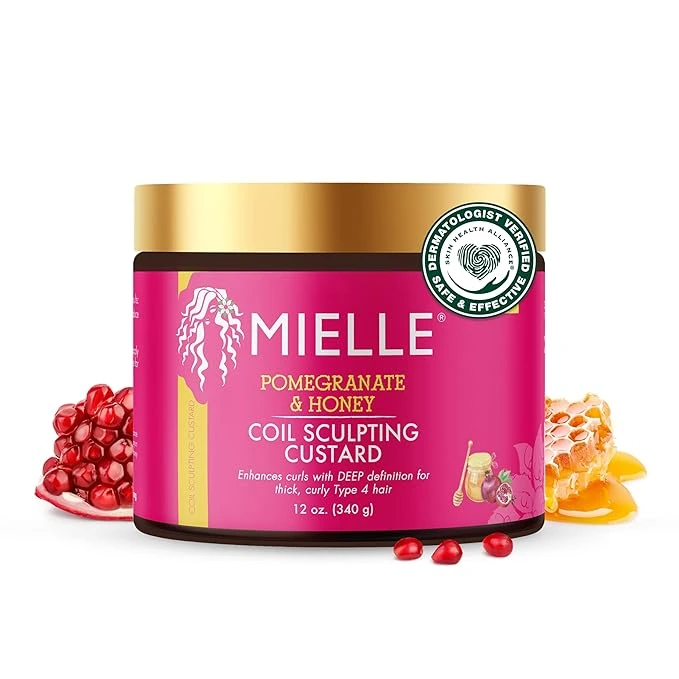
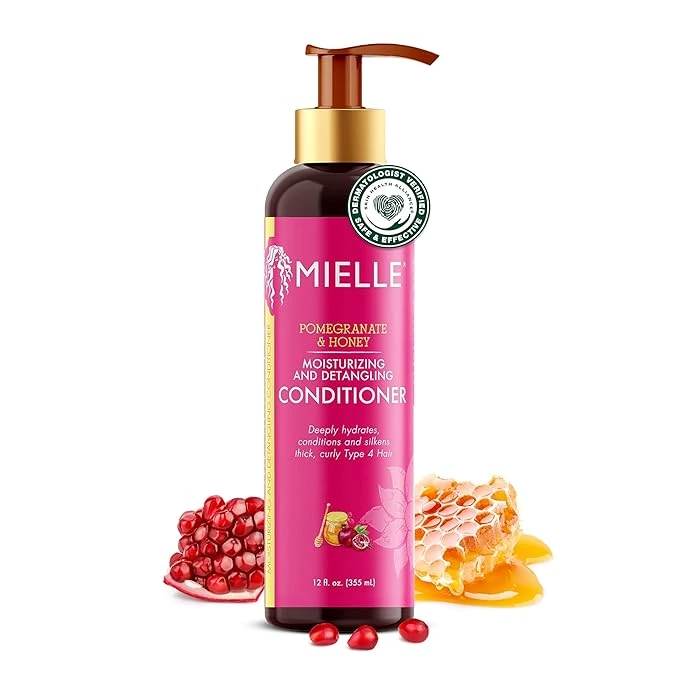
Normal (Medium) Porosity Hair
You are so lucky if you have medium porosity because your hair absorbs and holds moisture well and responds nicely to most styles. But maintenance is still key.
Keep a balance between protein and moisture, and stick to regular conditioning to maintain elasticity and shine.
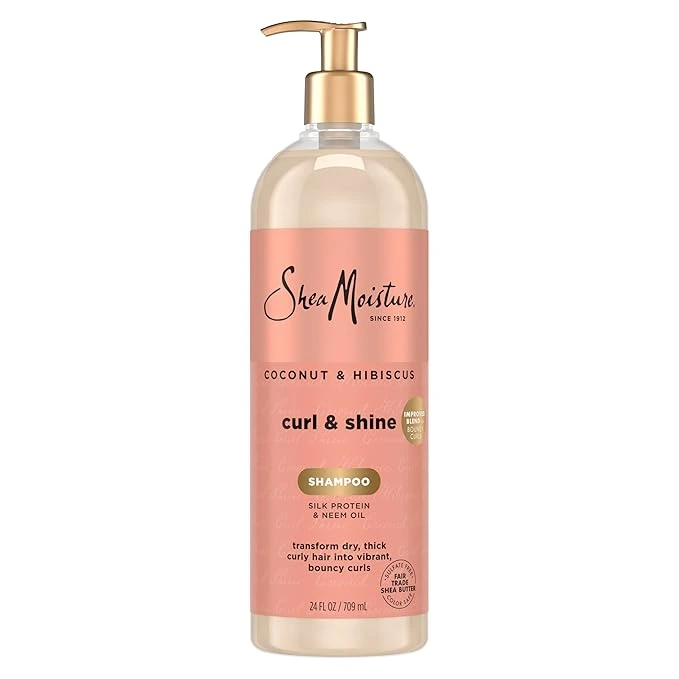
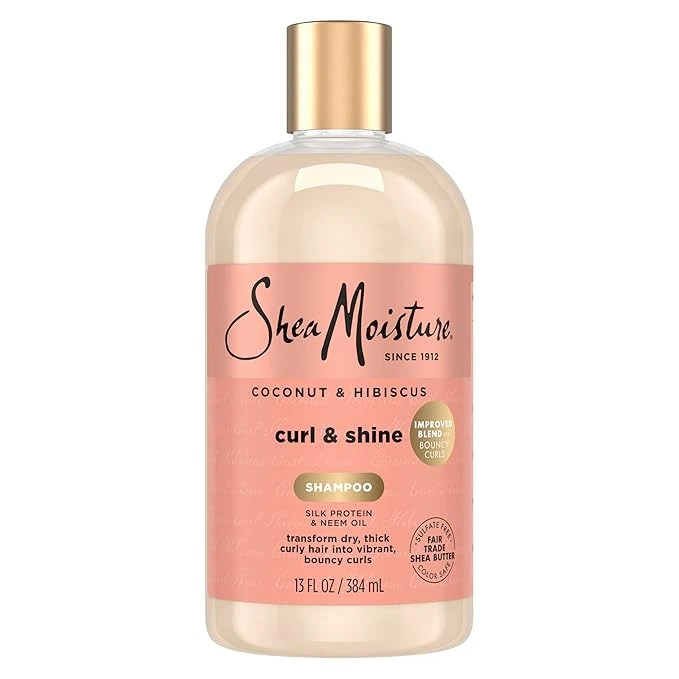
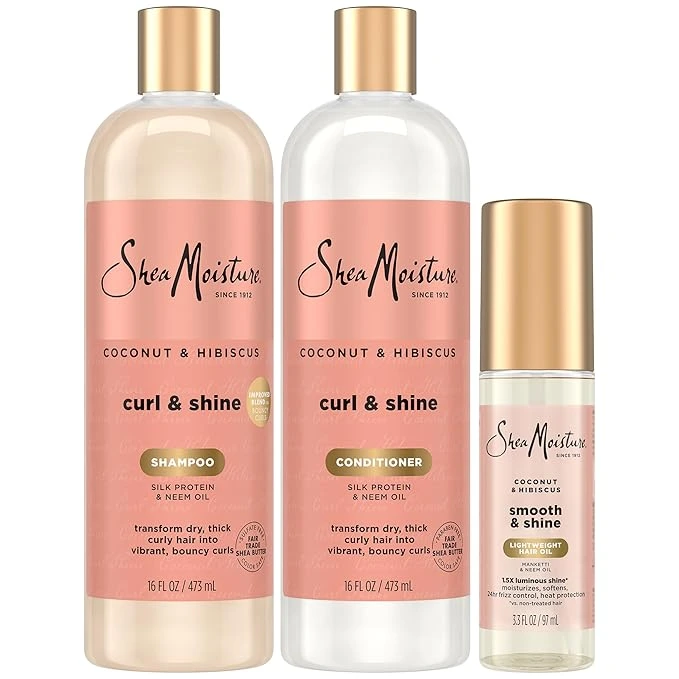
High Porosity Hair
If your hair gets wet fast but dries even faster—plus suffers from frizz or breakage—you likely have high porosity hair. Your hair absorb moisture quickly and also remove moisture quickly. You must focus on sealing moisture in. Use protein treatments, leave-in conditioners, and heavy oils like avocado or castor oil to lock everything down.
Avoid: you must avoid frequent heat styling and overwashing, which can strip already vulnerable strands.

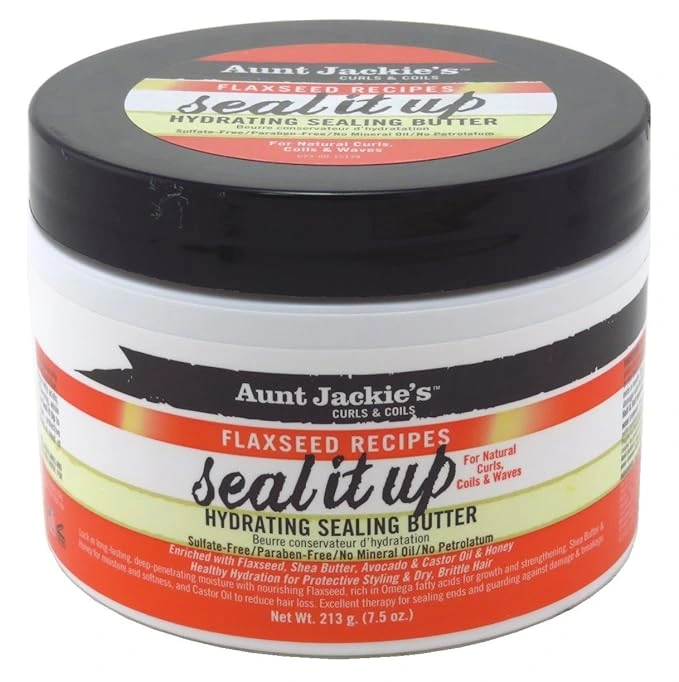
🎁 Bonus Hack (For All Porosity Types)
These hacks use all type for all type of hair porosity.
Use the LCO Method – Liquid, Cream, Oil
This layering technique ensures that moisture goes in, stays locked, and keeps hair soft for days.
- L = Liquid: Start with water or a water-based leave-in spray. This remain your hair hydrate.
🔗 Try: Kinky Curly Knot Today Leave-In – light and perfect for detangling too. - C = Cream: Follow up with a moisturizing cream or butter to soften and nourish.
🔗 Try: TGIN Butter Cream Daily Moisturizer – ultra-rich and curl-friendly. - O = Oil: Finish with a sealing oil (like jojoba, castor, or grapeseed oil) to lock in hydration.
🔗 Try: Sunny Isle Jamaican Black Castor Oil – thick and ideal for sealing ends.
This LOC Method works for curls, coils, waves, and even straight hair textures when used in moderation. Also reduces frizz, boosts shine, and improves overall hair health—no matter your porosity.
Use a cool water rinse after washing your hair. It helps close the cuticle and lock in moisture no matter your porosity level!
🛒 Quick Product Round-Up Based on Porosity
| Porosity Level | Product Type | Top Pick |
| Low | Lightweight leave-ins | Mielle Leave-In |
| Normal | Balanced shampoo/conditioner | SheaMoisture Curl & Shine |
| High | Heavy butters/sealants | Aunt Jackie’s Hydrating Butter |
Affiliate Note: We may earn a small commission if you shop through these links — it helps keep our beauty content free and glowing!
📌 FAQs
Q: Can my porosity change over time?
Yes! Heat damage, coloring, and over-processing can shift your hair from low to high porosity.
Q: Is porosity related to hair type (like curly or straight)?
No — all hair types can have any porosity level.
Q: How often should I test my porosity?
Test every few months, especially after a major style change or chemical treatment.
📢 Final Takeaway
Hair porosity isn’t just a beauty trend, this helps you why your hair might be dry, dull, or hard to manage. Once you know your porosity, you stop wasting money and start seeing real results from better moisture, longer-lasting styles, and faster growth.
✨ Ready to transform your routine?
Start with your porosity—and let your products finally do their job.
💬 Tried one of the tests or hacks? We want to see it! Tag us on Instagram @theglowgenius or drop your porosity type in the comments below!
